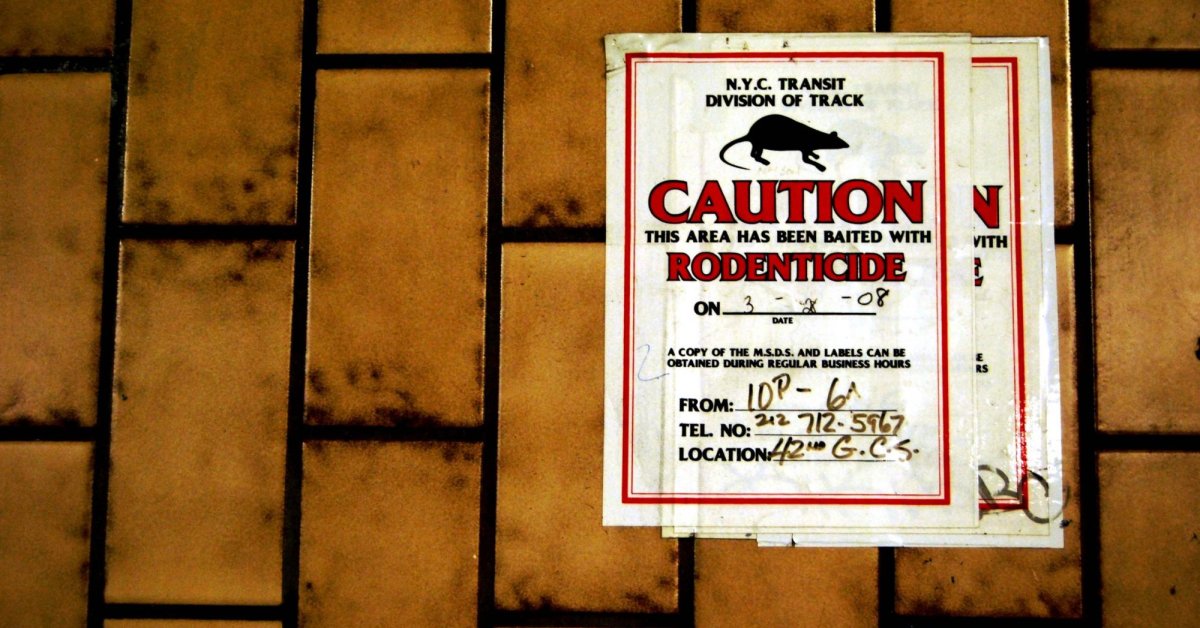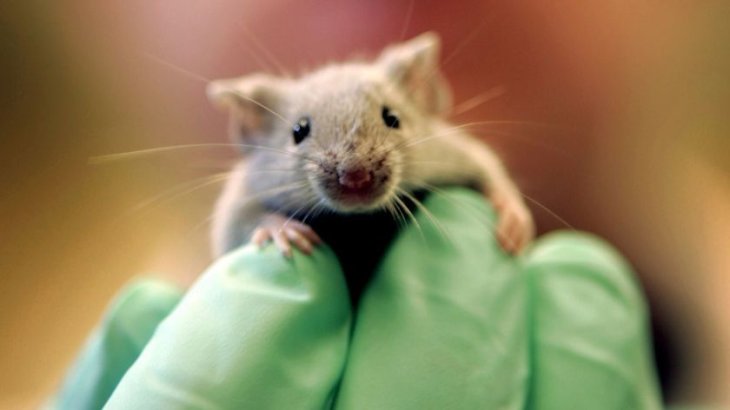Scientists Found Out A Smart Way To Track All Rats In New York
Anil - Sep 24, 2019

To prevent the GPS signal from being easily lost when the rats move in a chaotic urban environment, the scientists also applied additional radio frequency identification sensors to them.
- 7 Inventions To Show How Great And Talented Black People Are
- How To Hack Others' Dreams? MIT Scientists Got The Answer
- 11 Female Scientists That Receive Special Honor From The Government
Wild mice are considered the most troublesome animals for urban development. They nibble on anything on the road, spread diseases, start fires and hinder the movement of transportation vehicles. It is estimated that more than $300 million a year has been spent on this type of animal. Despite their negative consequences, humans do not have much information about urban rats. This is because they have many different behaviors than lab rats. Moreover, scientists are also not allowed to release pests outside the laboratory for further studies.

Not to mention, letting urban mice may destroy city properties as well as control them from causing other problems is impossible for scientists. But now, there is a new method proposed, which is a trick to track rodents through the use of other mice. The scientists found that the rats could be lured, baited or pushed out of their positions with the help of pheromones in the smell of other mice, according to publishing from Oxford University Press in The Journal of Urban Ecology.
In a year-long experiment, urban rats were trapped and implanted microchips into a waste recycling center in Brooklyn, New York. To prevent the GPS signal from being easily lost when the rats move in a chaotic urban environment, the scientists also applied additional radio frequency identification sensors to them.

The scientists also placed male and female pheromones on the sensors and near the sensors. They would replace the sensors every two weeks. In addition, they placed these devices in safe areas such as sheltered areas that rats are frequent to appear, and even more open and dangerous areas such as places where the rats can easily catch prey. All conditions and potential risks would be considered by scientists.
Results showed that the rats responded differently to male and female scents. In conditions where the risk was negligible, the mice responded to sensors that smelled male instead of female. They quickly passed through safe and dangerous areas that have male scents, then exited immediately. Despite this, they were more attracted to the female scents, expressed by a higher number of visits per day (0.2 visits/day compared to 5.02 visits/day).

As such, attractants near sheltered areas will be useful in attracting the rats, while deterrent scent will be useful in visible areas. This helps increase the understanding of the preferred scents in mice, and pave the way for the development of future urban wildlife management solutions, in addition to normal trapping or immuno-contraceptives methods.
Featured Stories

Features - Jul 01, 2025
What Are The Fastest Passenger Vehicles Ever Created?

Features - Jun 25, 2025
Japan Hydrogen Breakthrough: Scientists Crack the Clean Energy Code with...

ICT News - Jun 25, 2025
AI Intimidation Tactics: CEOs Turn Flawed Technology Into Employee Fear Machine

Review - Jun 25, 2025
Windows 11 Problems: Is Microsoft's "Best" OS Actually Getting Worse?

Features - Jun 22, 2025
Telegram Founder Pavel Durov Plans to Split $14 Billion Fortune Among 106 Children

ICT News - Jun 22, 2025
Neuralink Telepathy Chip Enables Quadriplegic Rob Greiner to Control Games with...

Features - Jun 21, 2025
This Over $100 Bottle Has Nothing But Fresh Air Inside

Features - Jun 18, 2025
Best Mobile VPN Apps for Gaming 2025: Complete Guide

Features - Jun 18, 2025
A Math Formula Tells Us How Long Everything Will Live

Features - Jun 16, 2025
Comments
Sort by Newest | Popular